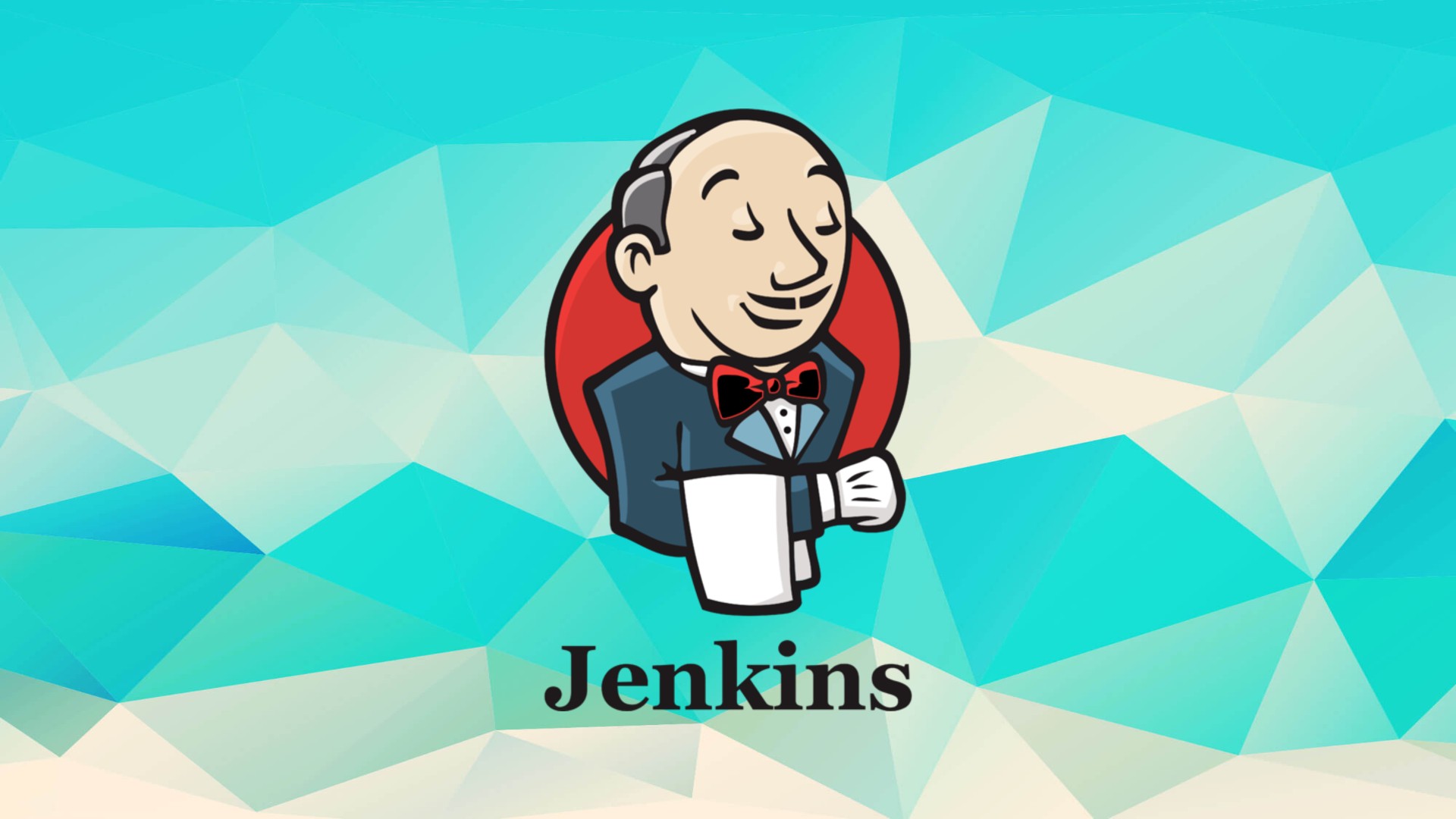
Understanding CI/CD: A Simple Guide for Beginners
Dec 31, 2024 2 Min Read 2598 Views
(Last Updated)
In today’s fast-paced software development world, delivering high-quality code quickly is essential. Continuous Integration (CI) and Continuous Deployment (CD) are practices that help teams achieve this by automating the integration and deployment process.
In this blog, we’ll break down the basics of CI/CD and explain how these practices can streamline your development workflow.
Table of contents
- What is Continuous Integration (CI)?
- Key Benefits of CI:
- What is Continuous Deployment (CD)?
- Key Benefits of CD:
- How Does CI/CD Work Together?
- Tools for CI/CD
- Conclusion
What is Continuous Integration (CI)?
Continuous Integration is a development practice where developers frequently merge their code changes into a shared repository. Each integration is automatically verified by building the project and running tests. The goal of CI is to detect errors quickly and improve the quality of the software.
Key Benefits of CI:
- Early Detection of Bugs: CI encourages developers to commit code frequently. This makes it easier to identify and fix bugs early in the development process.
- Reduced Integration Issues: By continuously integrating, teams avoid the dreaded “integration hell” where merging code from different branches becomes a nightmare.
- Automated Testing: CI pipelines often include automated tests, ensuring that new code doesn’t break existing functionality.
What is Continuous Deployment (CD)?
Continuous Deployment takes CI a step further by automating the release of code to production. With CD, every change that passes the automated tests is automatically deployed to production. This means that new features, bug fixes, and updates are delivered to users faster and more frequently.
Key Benefits of CD:
- Faster Time to Market: Automated deployments mean that new features can reach users faster, giving companies a competitive edge.
- Reduced Manual Effort: CD eliminates the need for manual deployments, reducing the risk of human error.
- Improved Feedback Loop: Frequent deployments allow teams to get feedback from users sooner, enabling quicker iterations and improvements.
How Does CI/CD Work Together?
CI and CD are often implemented together in a pipeline. Here’s a simplified view of how it works:
- Code Commit: A developer writes code and commits it to the version control system (e.g., Git).
- CI Build: The CI server (e.g., Jenkins, CircleCI) automatically detects the new commit and triggers a build process. This includes compiling the code, running tests, and packaging the application.
- Testing: Automated tests are run to ensure that the new code doesn’t introduce any bugs.
- Deployment (CD): If all tests pass, the code is automatically deployed to a staging environment for further testing. If it meets the required standards, it is then automatically deployed to production.
Tools for CI/CD
Several tools can help you implement CI/CD:
- Jenkins: An open-source automation server that supports building, deploying, and automating projects.
- GitLab CI/CD: Built into GitLab, it provides continuous integration and delivery pipelines.
- CircleCI: A cloud-based CI/CD service that integrates with GitHub and Bitbucket.
- Travis CI: A continuous integration service used to build and test projects hosted on GitHub.
- AWS CodePipeline: A fully managed CI/CD service that automates the build, test, and deploy phases of your release process.
In case you want to learn more about CI/CD pipelines and dive deeper into the world of DevOps, consider enrolling for GUVI’s DevOps Career Program which teaches you everything from scratch and also provides you with an industry-grade certificate!
Conclusion
In conclusion, CI/CD is a powerful practice that can significantly improve your development workflow by automating the integration and deployment processes. By adopting CI/CD, teams can deliver high-quality software faster, with fewer bugs, and with greater confidence.
Whether you’re a small startup or a large enterprise, implementing CI/CD can lead to more efficient development cycles and a better product for your users. Start small, experiment with the tools, and gradually integrate these practices into your workflow.





















![Top High-Paying Non-Coding Jobs in DevOps [2025] 4 Non-Coding Jobs in DevOps](https://www.guvi.in/blog/wp-content/uploads/2023/11/Top-10-Non-Coding-Jobs-in-DevOps.png)







Did you enjoy this article?